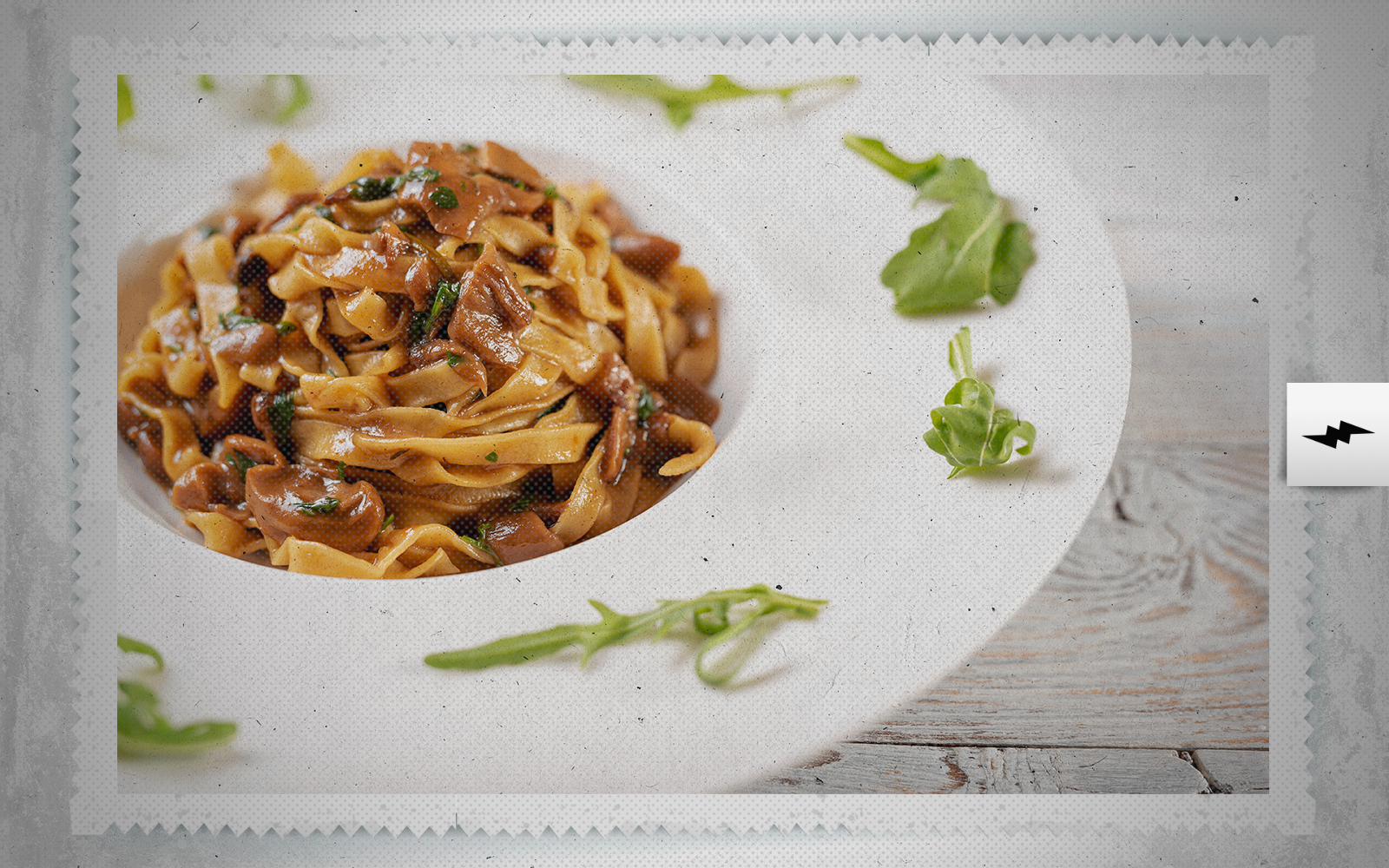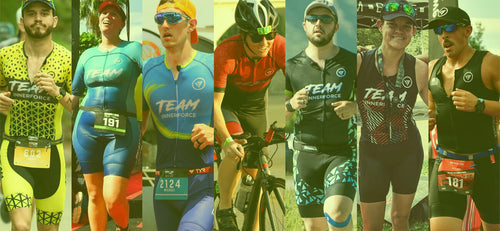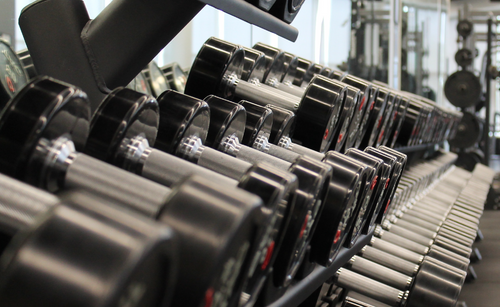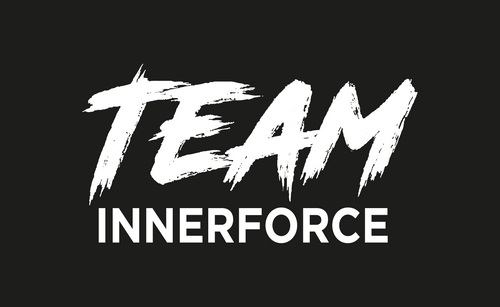What Is Carb Loading?

We are endurance athletes, so by now we should all be fully aware that there are no shortcuts to performance. No magic tricks, no silver bullets; high performance comes from consistent dedication. ‘But what about carb loading?’, I hear you cry. Well, yes, you have point there.
Carb loading is a nutritional strategy of increasing the amount of carbohydrates that an athlete consumes in the days leading up to endurance events lasting more than 90 minutes. By carb loading, you are able to increase levels of glycogen that are stored in the liver and muscles, and this can increase performance in endurance events by 2-3%.
The Scientific Part
The body needs carbohydrates for energy, however the body needs to process them before they can be used. They are broken down into a form of sugar called glucose, and this glucose is further broken down into glycogen. The reason glycogen is so effective is because it is stored in the liver and muscles where it can be used instantly. While we are engaging in long-distance events, our bodies use up these glycogen stores.
Studies show that glycogen stores become depleted after around 90 minutes of intense exercise. After this point, athletes will become significantly slower and ‘hit the wall’, also known as ‘bonking’.
In order to maximise the amount of glycogen in our bodies we can engage in carb loading. By increasing the amount of carbohydrates eaten in the 2-3 days leading up to an event, we can ensure that our glycogen stores are at maximum capacity.
How To Carb Load
Carb loading is not an overly complex idea, but it is a touch more involved than gorging on spaghetti the night before your race.
While there is evidence that suggests you can get the maximum benefits of carb loading in just 24 hours, the common thought is that 2-3 days before your event is a good time to adjust your diet to a high carb one.
You want to be getting around 10-12g of carbs per kg of bodyweight. So, if you weigh 68kg then you need to be looking at a daily intake of 680-816 grams of carbohydrates per day. At the same time, you should be trying to keep fat low.
Some foods that you may want to rely on, in order to hit this number are potatoes, pasta, rice, oats, pancakes and bagels.
Common Carb Loading Mistakes
While carb loading is quite a simple process there are a few pitfalls, so why not learn from the mistakes of others by avoiding these errors:
Last-minute gorging – Stuffing a huge bowl of spaghetti the night before the big race is likely to do nothing but leave you feeling bloated and uncomfortable. Be sure to make carb loading part of your plan and carry that plan out over the 2-3 days leading up to the event. This will give your body time to process the carbs, and will be more comfortable for you.
Not tapering – The idea is that you are building up to maximum glycogen stores, so any major exercise during this time will be self-defeating. Stick to some light stretches, a bit of yoga or a gentle stroll in the lead up to the event.
Not practicing carb loading before the event – Practicing carb loading may sound rather strange, but then you wouldn’t buy a brand-new bike on the night of a big race and jump on it the following day, so why would you not practice with your diet before the big day? Dial in the right amount of food, work out what you enjoy eating most and make sure there are no negative effects on your digestive system.
Final Thoughts
Carb loading is said to increase performance by 2-3% which may not sound like much, but over the course of a half-Ironman event that could be as much as 3 and a half minutes. When you think about the amount of money people spend on aerodynamic equipment to shave off as much time as possible, a slight change in diet before the event seems well worth the while.
Written for Innerforce by Stewart Spiessens

We are endurance athletes, so by now we should all be fully aware that there are no shortcuts to performance. No magic tricks, no silver bullets; high performance comes from consistent dedication. ‘But what about carb loading?’, I hear you cry. Well, yes, you have point there.
Carb loading is a nutritional strategy of increasing the amount of carbohydrates that an athlete consumes in the days leading up to endurance events lasting more than 90 minutes. By carb loading, you are able to increase levels of glycogen that are stored in the liver and muscles, and this can increase performance in endurance events by 2-3%.
The Scientific Part
The body needs carbohydrates for energy, however the body needs to process them before they can be used. They are broken down into a form of sugar called glucose, and this glucose is further broken down into glycogen. The reason glycogen is so effective is because it is stored in the liver and muscles where it can be used instantly. While we are engaging in long-distance events, our bodies use up these glycogen stores.
Studies show that glycogen stores become depleted after around 90 minutes of intense exercise. After this point, athletes will become significantly slower and ‘hit the wall’, also known as ‘bonking’.
In order to maximise the amount of glycogen in our bodies we can engage in carb loading. By increasing the amount of carbohydrates eaten in the 2-3 days leading up to an event, we can ensure that our glycogen stores are at maximum capacity.
How To Carb Load
Carb loading is not an overly complex idea, but it is a touch more involved than gorging on spaghetti the night before your race.
While there is evidence that suggests you can get the maximum benefits of carb loading in just 24 hours, the common thought is that 2-3 days before your event is a good time to adjust your diet to a high carb one.
You want to be getting around 10-12g of carbs per kg of bodyweight. So, if you weigh 68kg then you need to be looking at a daily intake of 680-816 grams of carbohydrates per day. At the same time, you should be trying to keep fat low.
Some foods that you may want to rely on, in order to hit this number are potatoes, pasta, rice, oats, pancakes and bagels.
Common Carb Loading Mistakes
While carb loading is quite a simple process there are a few pitfalls, so why not learn from the mistakes of others by avoiding these errors:
Last-minute gorging – Stuffing a huge bowl of spaghetti the night before the big race is likely to do nothing but leave you feeling bloated and uncomfortable. Be sure to make carb loading part of your plan and carry that plan out over the 2-3 days leading up to the event. This will give your body time to process the carbs, and will be more comfortable for you.
Not tapering – The idea is that you are building up to maximum glycogen stores, so any major exercise during this time will be self-defeating. Stick to some light stretches, a bit of yoga or a gentle stroll in the lead up to the event.
Not practicing carb loading before the event – Practicing carb loading may sound rather strange, but then you wouldn’t buy a brand-new bike on the night of a big race and jump on it the following day, so why would you not practice with your diet before the big day? Dial in the right amount of food, work out what you enjoy eating most and make sure there are no negative effects on your digestive system.
Final Thoughts
Carb loading is said to increase performance by 2-3% which may not sound like much, but over the course of a half-Ironman event that could be as much as 3 and a half minutes. When you think about the amount of money people spend on aerodynamic equipment to shave off as much time as possible, a slight change in diet before the event seems well worth the while.
Written for Innerforce by Stewart Spiessens
SEE WHAT CUSTOM APPAREL LOOKS LIKE

GEAR UP
MORE FROM THE BLOG

Regional Leader: Team Innerforce 2020
Editor’s Note: The following is a compilation with some of the briefs stories of our Regionals Leaders Team Innerforce 2020...

Team Innerforce Strength Program
Disclaimer: This program may not be suited for everyone. Consult with your doctor or physical therapist before beginning this program...

Under the hood of Team Innerforce 2019
Editor's Note: The following is a compilation of recap notes from athletes from Team Innerforce 2019. They are the best...

No Beta Cells, No Problem
Doctors told me I couldn’t be an endurance athlete, and you would never guess by looking at me that I...



